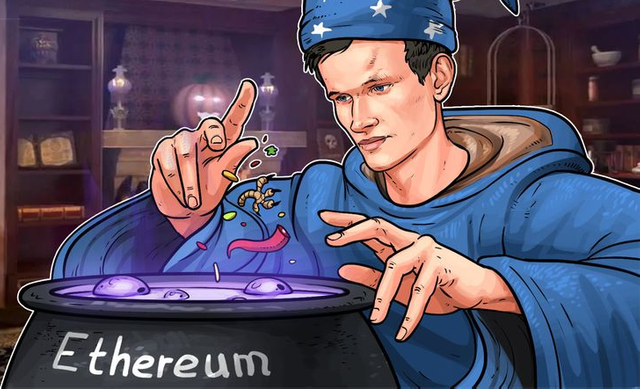Vitalik Buterin’s New Scaling Suggestion Warrants More Credit Than its Received
Vitalik Buterin’s New Scaling Suggestion Warrants More Credit Than its Received

Introduction
For those that don’t know, there was news that dropped recently about a suggestion that Vitalik was considering entertaining in the near future.
The article can be found here:
Vitalik: Ethereum (ETH) Can Scale to 500 tps Using ZCash's ZK-SNARKs - Ethereum World News
_The ability for the Ethereum (ETH) network to scale and provide a greater throughput than the current 15 - 25…_ethereumworldnews.com
Perhaps This Isn’t Such a Bad Idea
This + sharding is something that would actually help blockchains scale in a decentralized manner.
It’s still hard to do when we’re talking about actually conferring value (financial; monetary/fiduciary TX) on a blockchain.
Potential Complications
Given the size of the blockchain, sharding would be necessitated to some extent (it seems). But what makes that a little bit more difficult on blockchain is the fact that that its not structured like a regular database. So, ‘sharding’ the data is much easier said than done.
It also has broad implications for the settlement of TX that still are yet to be addressed. In theory, its plausible. Zero knowledge proofs are the final step to the equation though in making that happen. You need some sort of way to lower the load/per node on the network so that sharding the data isn’t a complex thing.
The implementation of those two solutions poses a light at the end of the tunnel for blockchain scalability. Not sure if there’s enough time for Ethereum to implement this suggestion, but at least Vitalik is finally thinking.
If you feel like being a super nerd today, check out this GitHub page. Really informative and really helps with the understanding of P2P, decentralized technology that runs entirely on its on using the concept of sharding.
Now, this is with a regular database, so its not blockchain — but it at least presents a model for how this could be accomplished
What Makes Scaling a Blockchain so Difficult
Blockchains can’t be queried in the same way that a database can.
The propagation of blocks is going to take ‘X’ amount of time no matter what, and it will always be a barrier to scaling. Sharding is a bit more complex in a blockchain setup because of #1. Technically, nodes would need to have access to all transactions all the time (remember DLT; distributed ledger technology).
So, the only way around that would be…
- ZK proofs. If you can prove the validity of the TX, then downloading the entire blockchain is no longer a necessary aspect of running it. However, blocks must be stored in some fashion, or at least accessible, demonstrable or proven. If not, then it no longer becomes a historical ledger of TX. Now, that’s not a problem if that’s what a network is going for — but if you value those records being kept and would like to refer to them later (i.e., if there is some sort of dispute between a buyer and a vendor), then this is a hell of a compromise to make.
Which brings everything back to square one, once more.